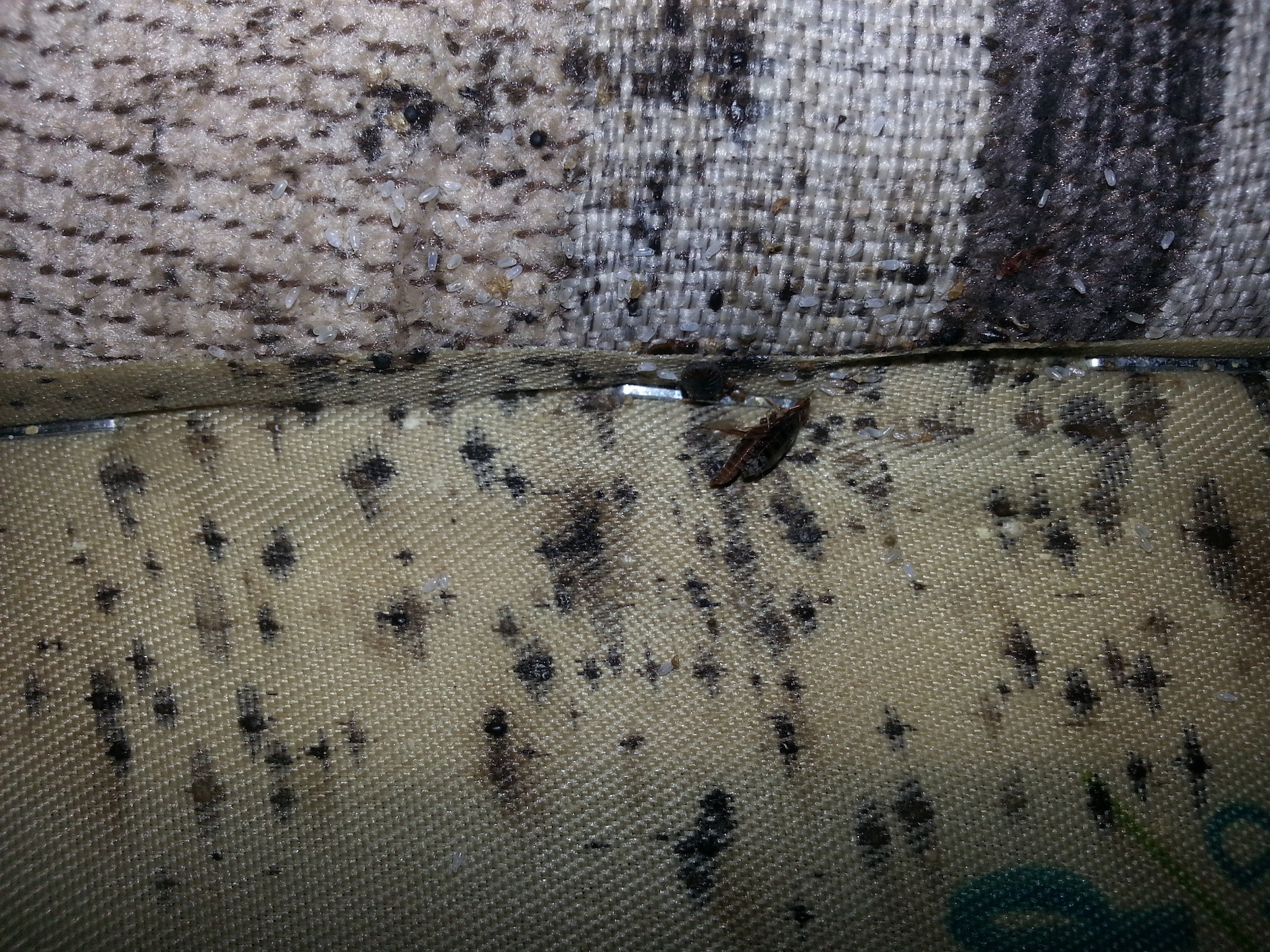
Strategies for managing new pests brought by climate change
We live in an age that has been dubbed the Anthropocene era because of how drastically humans have changed the global landscape. From climate change to habitat degradation, human-related activities have played a major part in current conditions.
Global trade and human-induced climate change, in particular, are now making it easier for pests to spread across the planet, even to those regions that might otherwise have been protected by cold winters.
Tree-eating insects like bark beetles, wood-boring beetles, and leaf-sucking insects are killing plants and wreaking havoc on forests. Park rangers and forest conservation policies have been unable to keep up as new pests are continually introduced.
But now, recent research from Dartmouth College and the University of Santiago de Compostela offers new strategies to manage pests in the era of human-induced climate change.
“Forest managers working in isolation and learning by trial and error cannot possibly keep up with the rapidly changing challenges. We hope that this research can serve as a guidebook for pest management in the Anthropocene,” said Matthew Ayres, a professor of biological sciences at Dartmouth.
Ayres and his colleagues from Dartmouth and Santiago de Compostela in their paper recommended several tactics that can be used to help combat new pests and reduce invasive pests from forests.
The researchers have outlined eight different tactics, beginning with the use of practical scientific theory.
To reduce the introduction of new pests or protect forests from invasive species, first researchers need to be thoroughly familiar with the pests and their adaptability to new environments and climates.
“Understanding the general effects of temperature on insects gives us certainty that continued warming will produce continued changes in where we find pests,” said Ayres. “In some cases, we can make detailed predictions of where pests will be in coming years under different climate scenarios.”
The other tactics proposed include management plans that anticipate continuing change, improving monitoring, prediction, and mitigation of established pests, and improving biosecurity against future human-aided invasions.
In addition, the researchers emphasized the importance of different countries sharing intelligence, improved assessments of costs and benefits, accurate assessments of outcomes, and improved relationships between forests and socioeconomic systems.
The research proves that pest management is possible, even with a changing climate and increased global trade.
—
By Kay Vandette, Earth.com, Staff Writer













